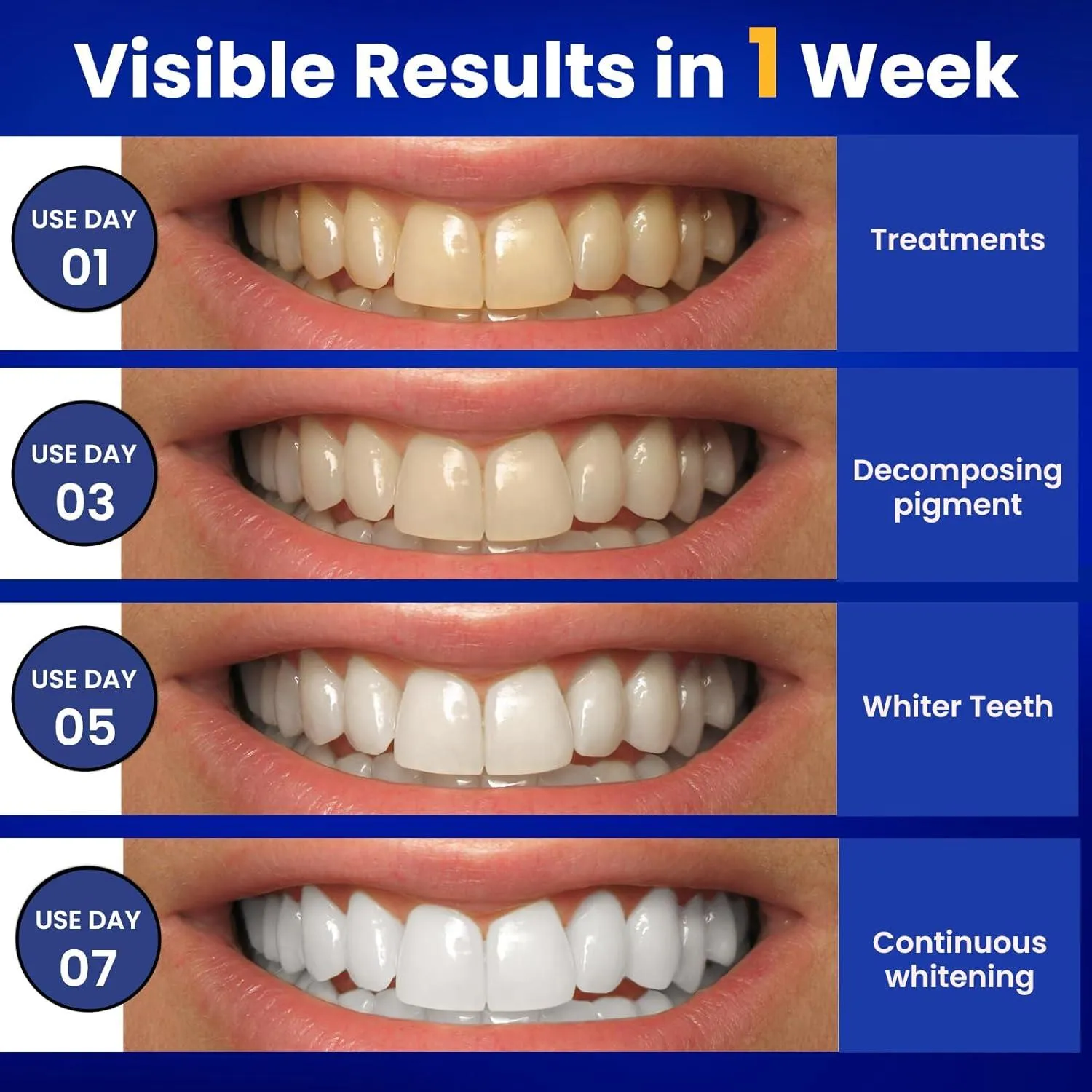Understanding Teeth Whitening for Teens
Teeth whitening has become increasingly popular, especially among teenagers who are conscious about their appearance. A bright, white smile can boost self-esteem and create a positive impression. However, it’s crucial for teens to understand the process, the potential risks, and the best ways to achieve a dazzling smile safely. The demand for cosmetic dentistry among this age group has risen significantly, prompting a need for reliable information and guidance from dental professionals. This article provides comprehensive insights into safe and effective teeth whitening options for 14-year-olds, emphasizing the importance of professional consultation and proper oral hygiene.
Why is Teeth Whitening Popular Among Teens
The allure of a perfect smile is strong, and teens are particularly susceptible to societal pressures and media portrayals that emphasize ideal aesthetics. Social media influencers and celebrities often showcase flawless smiles, which can lead to teens wanting to emulate that look. Additionally, the teenage years are a time of significant social development and self-discovery, making appearance a key aspect of self-confidence. Teens often seek ways to enhance their looks, and teeth whitening offers a quick, visible transformation. This desire for instant results, coupled with peer influence, fuels the popularity of teeth whitening treatments among this demographic. Understanding these motivations helps to approach teeth whitening with realistic expectations and a focus on overall oral health.
Potential Risks and Considerations
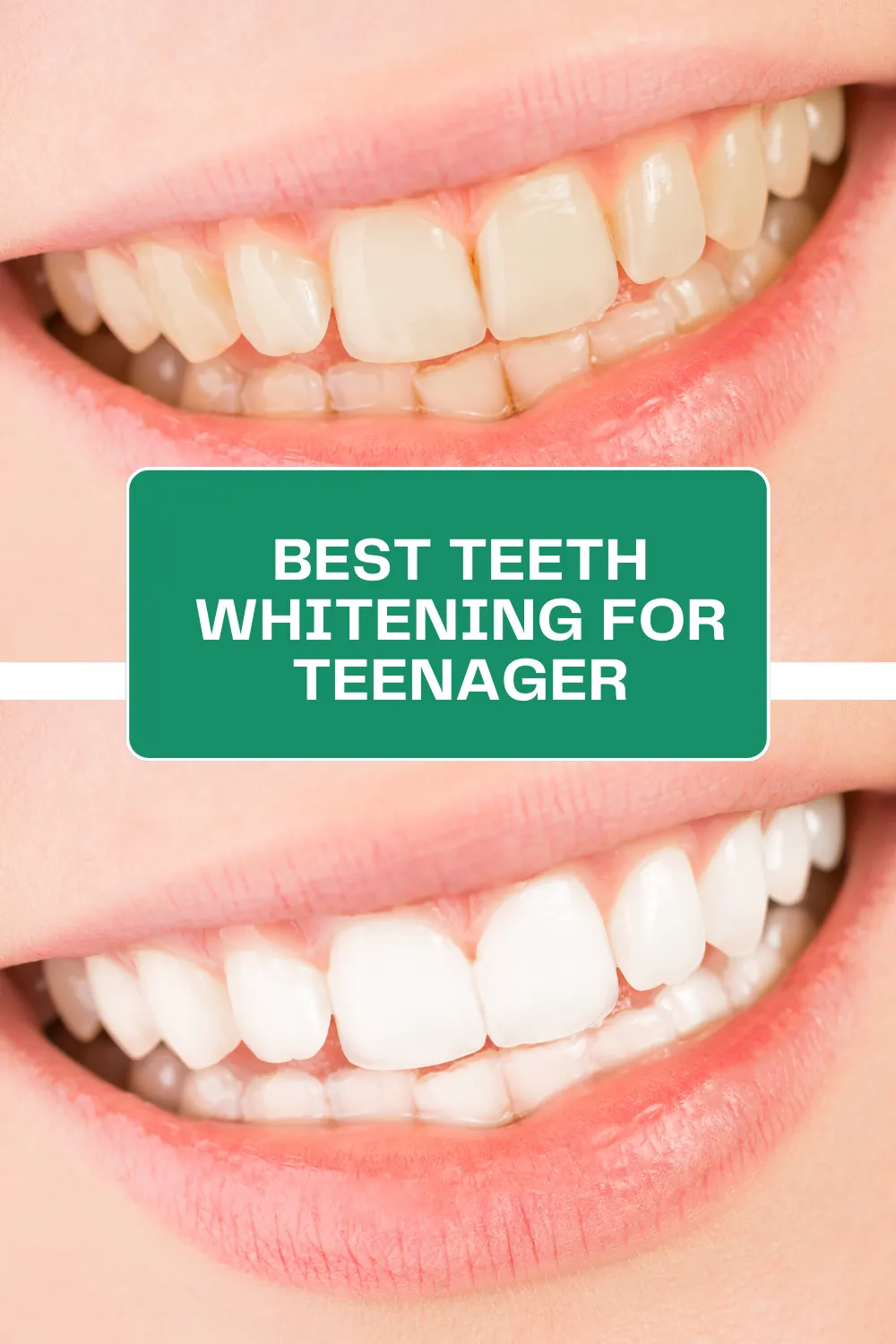
While teeth whitening can be safe and effective, it’s essential to be aware of potential risks, especially for teenagers. Younger teeth may be more sensitive to whitening agents, increasing the likelihood of side effects like tooth sensitivity and gum irritation. Overuse or improper application of whitening products can damage tooth enamel, leading to long-term dental problems. Additionally, some whitening products may not be suitable for all teens, particularly those with existing dental issues such as cavities, gum disease, or sensitive teeth. Consulting a dentist before starting any whitening treatment is crucial. They can assess the teen’s oral health, recommend appropriate products, and monitor for any adverse effects.
Top 5 Teeth Whitening Tips for Teens
Consult a Dentist First
Before considering any teeth whitening method, the first and most critical step is to consult a dentist. A dentist can evaluate the teen’s oral health, identifying any underlying issues that need addressing before whitening. They can also determine the appropriate whitening method based on the teen’s specific needs and the condition of their teeth. A professional consultation ensures that the chosen whitening treatment is safe and effective. The dentist can also provide professional cleaning to remove surface stains, potentially brightening the smile without further treatment. They can also provide personalized advice and guidance, ensuring a healthy and beautiful smile.
Explore Over-the-Counter Options
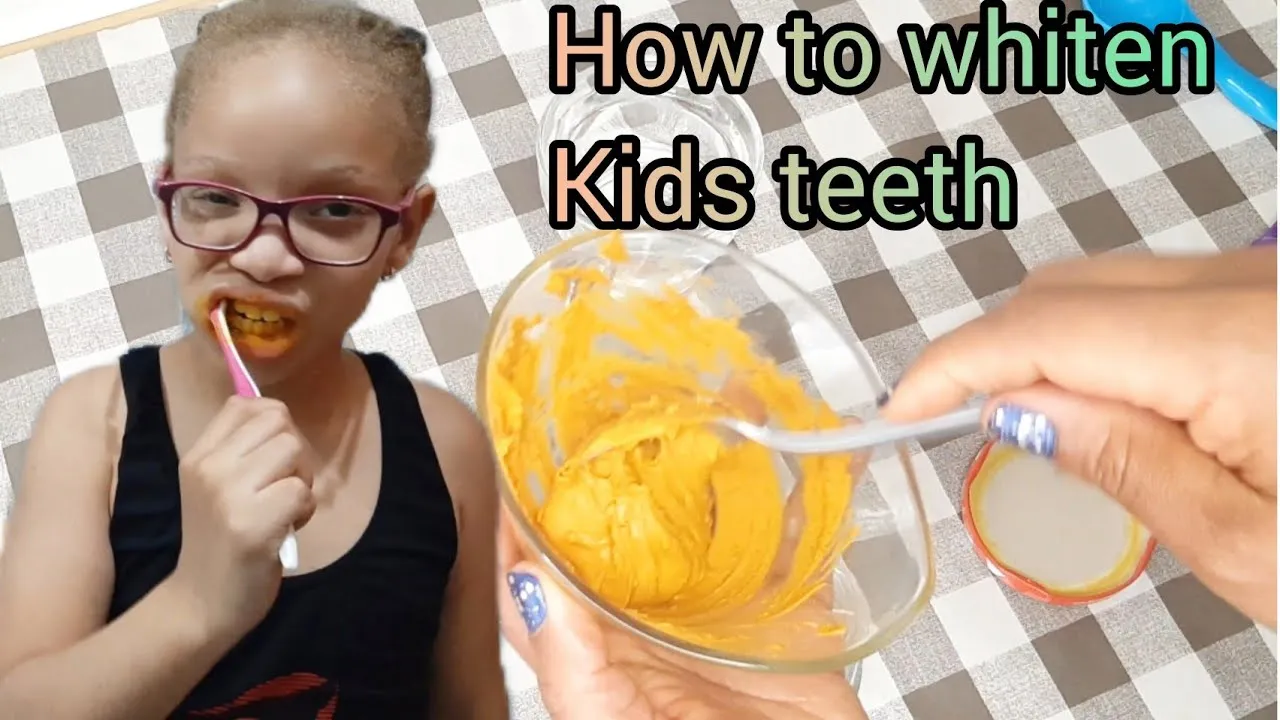
For teens seeking a brighter smile, over-the-counter options provide convenient and accessible solutions. However, it’s important to use these products with caution and follow instructions carefully. Whitening toothpastes and strips are common choices. These products typically contain lower concentrations of bleaching agents, making them a safer option compared to professional treatments. It is important to note that these products may not yield dramatic results immediately, and consistent use is essential. Before using any over-the-counter product, review ingredients with a dentist.
Consider Whitening Toothpaste
Whitening toothpastes are a gentle way to brighten teeth, containing mild abrasives and/or low concentrations of bleaching agents. They help remove surface stains and may provide a subtle whitening effect over time. However, they are not as effective as professional treatments or whitening strips. When choosing a whitening toothpaste, look for products with the American Dental Association (ADA) seal of approval, which indicates they meet safety and effectiveness standards. Be mindful that excessive use of abrasive toothpastes could potentially damage enamel, so use it as directed.
Use Whitening Strips with Caution
Whitening strips contain a thin layer of bleaching agent that adheres to the teeth. These can be more effective than whitening toothpaste but require careful use. Following the product instructions precisely is essential to minimize the risk of gum irritation or tooth sensitivity. Some teens may experience these side effects, so it’s important to start with shorter application times and gradually increase as tolerated. Always consult a dentist before using whitening strips to ensure they are appropriate for your teeth and oral health. Discontinue use if you experience any significant discomfort.
Professional Whitening Treatments
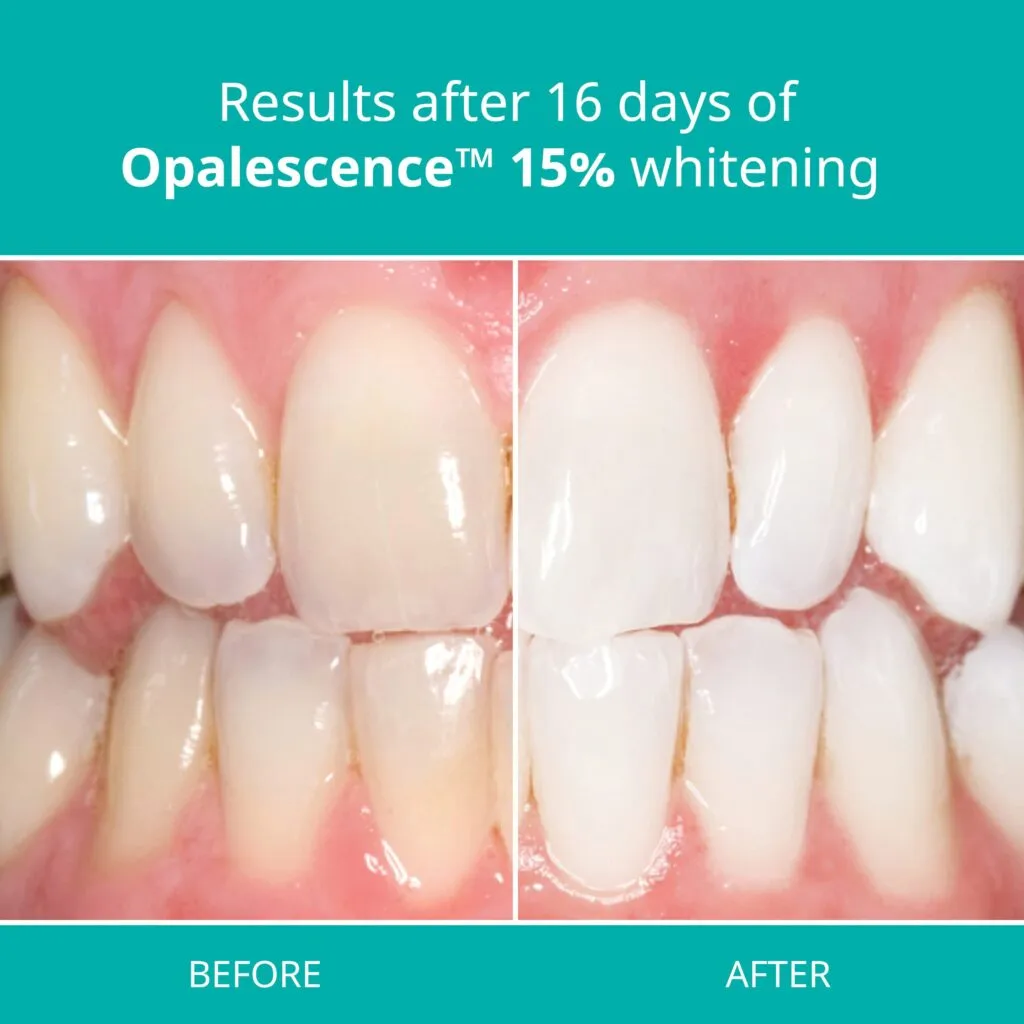
Professional teeth whitening treatments performed by a dentist offer the most effective and safest results. Dentists use higher concentrations of bleaching agents than over-the-counter products, achieving significant whitening in a shorter time. They can also monitor the procedure and provide personalized care to minimize any potential side effects. In-office whitening typically involves applying the bleaching agent to the teeth and activating it with a special light or laser. The dentist can also create custom-fitted trays for at-home whitening, providing a convenient option with professional oversight. These treatments are more expensive but offer superior results and reduce risks.
Maintain a Healthy Oral Hygiene Routine
Maintaining excellent oral hygiene is crucial for achieving and maintaining a bright smile. This includes brushing and flossing regularly, along with routine dental check-ups. Proper oral care not only enhances the effectiveness of teeth whitening treatments but also prevents future staining and dental problems. A consistent oral hygiene routine forms the foundation for a healthy, attractive smile and overall well-being. Encourage teens to make it a daily habit, creating long-term positive oral health habits.
Brushing and Flossing Regularly
Brushing twice a day with fluoride toothpaste removes plaque and food particles that can cause stains and tooth decay. Flossing daily removes plaque and food debris from between teeth, preventing gum disease and promoting healthy gums. A soft-bristled toothbrush is recommended to avoid damaging enamel. Using proper brushing and flossing techniques is crucial, ensuring all surfaces of the teeth are thoroughly cleaned. Consider using an electric toothbrush for more efficient cleaning. This combination of brushing and flossing is fundamental to achieving and maintaining a bright, healthy smile.
Dietary Considerations
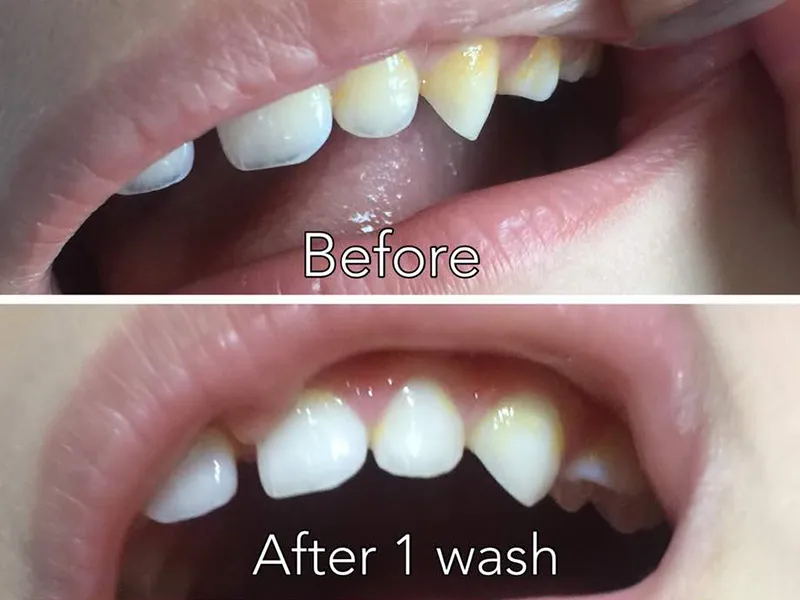
Diet plays a significant role in the color of your teeth. Certain foods and drinks can stain teeth, while others help maintain their brightness. Being mindful of what you consume and making healthy choices can significantly impact the success and longevity of teeth whitening treatments. By incorporating tooth-friendly foods into their diets, teens can promote a brighter smile and maintain good overall oral health.
Foods and Drinks to Avoid
Teens should limit their intake of foods and drinks known to stain teeth. This includes coffee, tea, red wine, dark-colored sodas, and fruit juices. Highly pigmented foods like berries, soy sauce, and tomato-based sauces can also contribute to staining. Smoking and chewing tobacco are major culprits and should be avoided. After consuming staining foods, rinsing the mouth with water can help reduce the impact. Waiting at least 30 minutes before brushing after consuming acidic foods helps to protect enamel from erosion.
Foods that Can Help
Certain foods can help promote a brighter smile. Crunchy fruits and vegetables like apples, carrots, and celery help to scrub the teeth and increase saliva production, which naturally cleanses the mouth. Dairy products such as milk, cheese, and yogurt contain calcium, which strengthens enamel and protects against decay. Drinking plenty of water throughout the day helps to rinse away food particles and keep the mouth hydrated, which is essential for good oral health. A balanced diet filled with nutrient-rich foods supports overall health and well-being.
Long-Term Teeth Whitening Maintenance

Maintaining a bright smile requires ongoing care and attention. While teeth whitening treatments provide initial results, they are not permanent. To keep your smile looking its best, teens need to adopt a long-term approach that includes regular dental check-ups, consistent oral hygiene, and lifestyle choices that prevent staining. By following these guidelines, teens can enjoy a beautiful, confident smile for years to come.
Regular Dental Check-ups
Regular dental check-ups and professional cleanings are essential for maintaining a bright smile. Dentists can remove surface stains that contribute to discoloration, and they can also monitor the overall health of teeth and gums. During check-ups, dentists can identify and address any dental issues early, preventing them from impacting the appearance of the smile. Schedule check-ups every six months or as recommended by your dentist. These visits are crucial for preventing future problems and ensuring your smile remains healthy and bright.
Preventing Staining
Preventing staining involves making conscious choices in your daily life. Limit consumption of stain-causing foods and drinks, rinse your mouth with water after consuming them, and brush and floss regularly. Avoid tobacco products and consider using a straw when drinking beverages that can stain your teeth. If you’ve undergone teeth whitening, be extra cautious about these factors in the weeks following treatment, as your teeth may be more susceptible to staining. Consistent oral hygiene and lifestyle choices are key to maintaining a bright smile for the long term. The goal is to make these practices a natural part of your routine, ensuring your teeth stay healthy and white.
